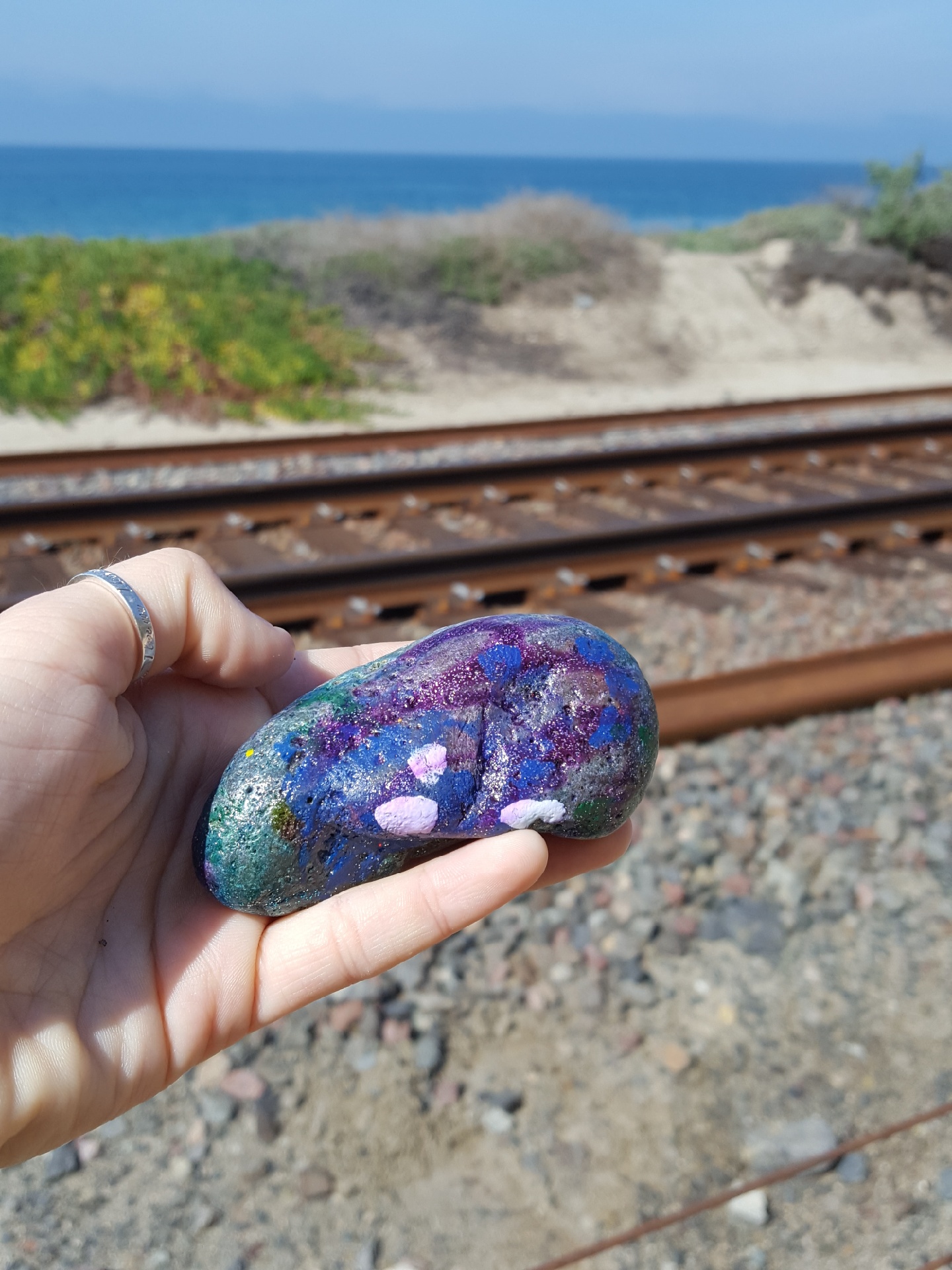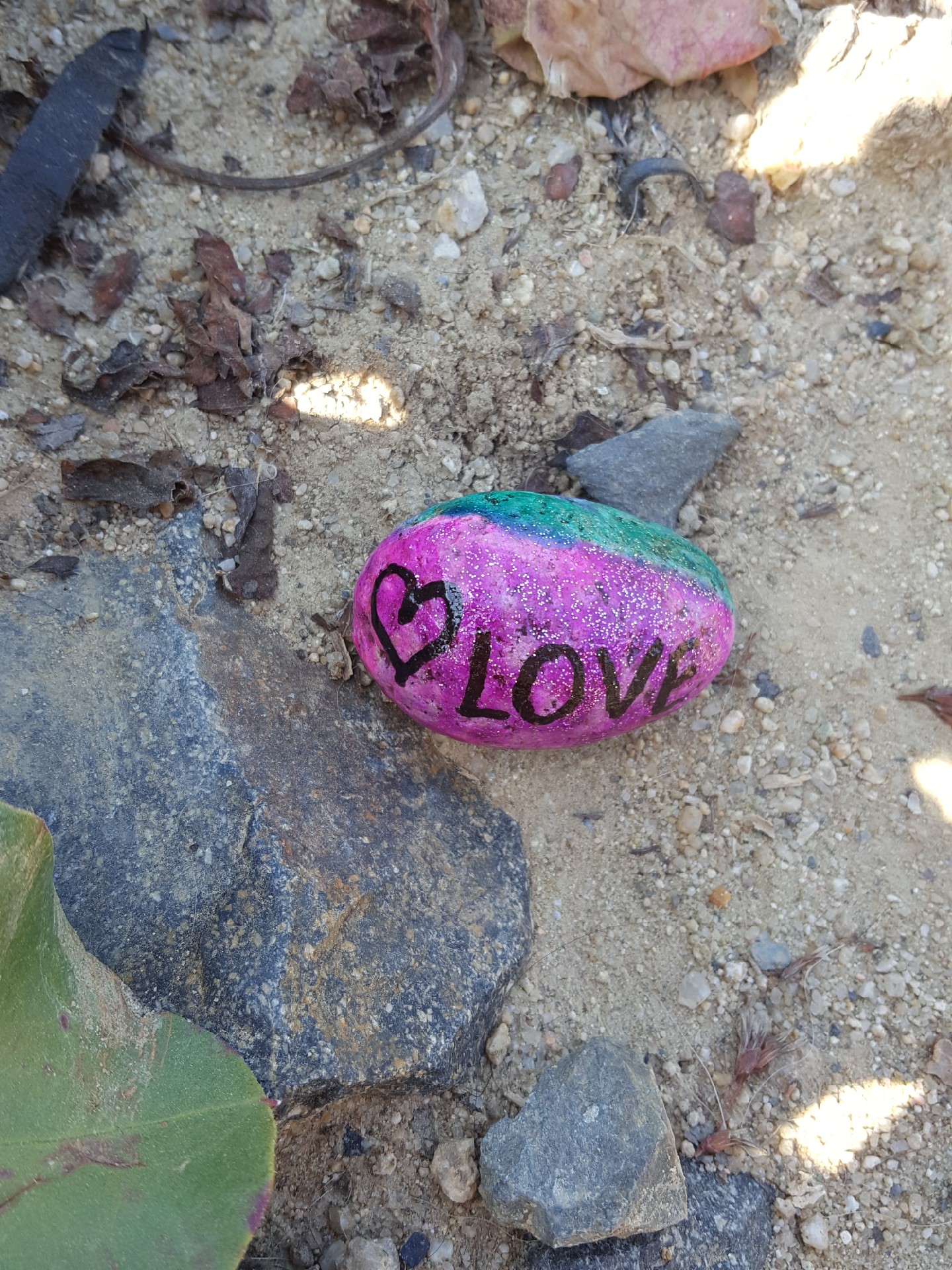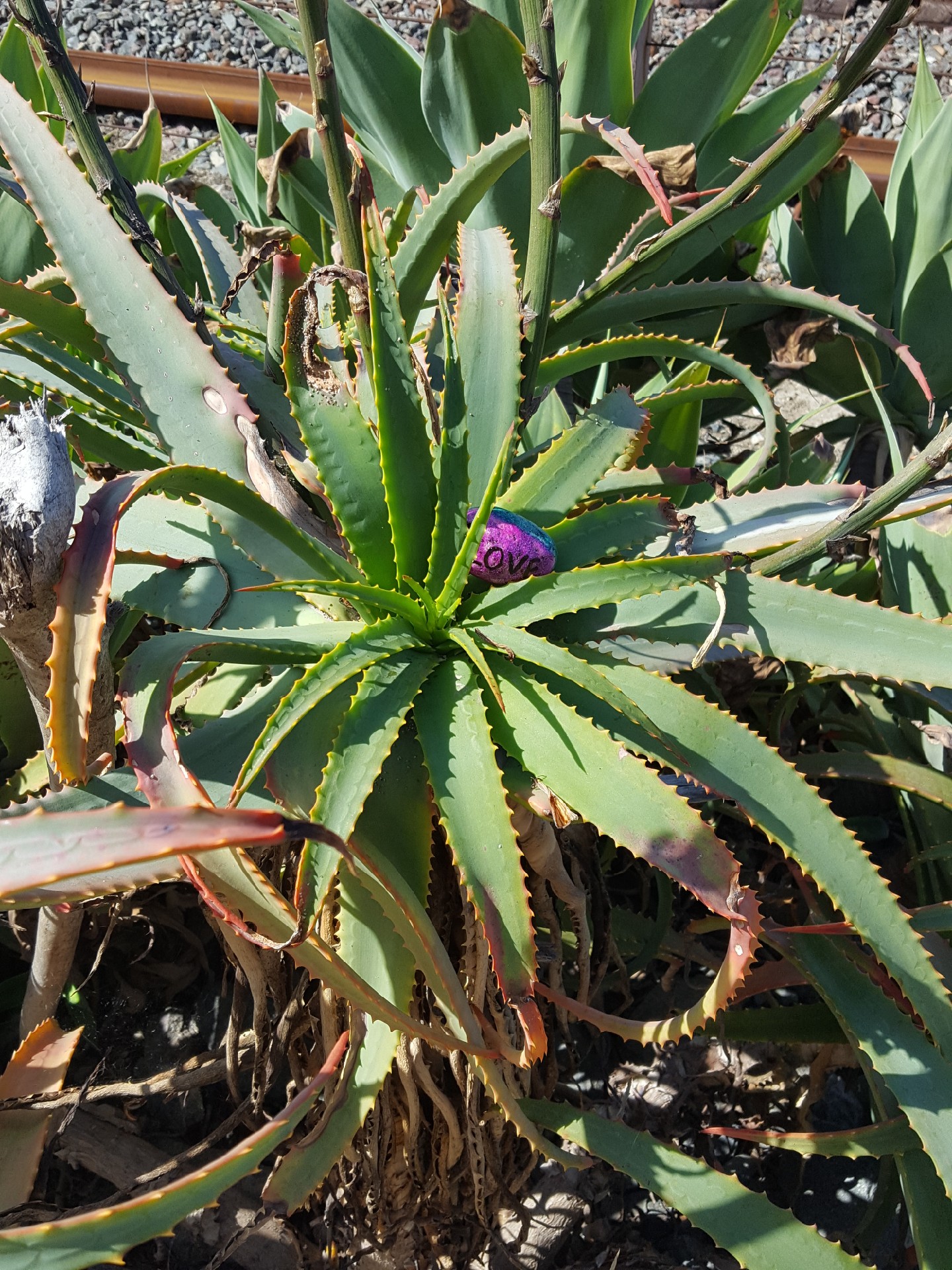Background provided by MN: MN is an individual who grew up in the Maharashtra state of India, where they learned 4 languages including Sanskrit. They recently moved to America for further education.
Context: As we were talking about different types of folklore, MN shared this information about this particular Indian tribal art that originated from their state in India.
Main Piece Transcription of interview (contains the context of particular performance and additional background information):
MN: “Warli paintings are also from where I am from, Maharashtra. There is a mountain range in Maharashtra called sayandrit (spelled Sahyadri) and it … originated there. And it is tribal art. Like tribes, there used to make this art and I think … there’s prehistoric caves … umm … like huge … huge prehistoric caves, the most significant of them are arjenda (proceeds to spell A-j-a-n-t-a and E-l-l-o-r-a) and alura I think they are UNESCO historic sites and they have … like … they’re approximately 2 BCE. They have this temple (gestures towards photo on UNESCO website) … it’s almost like a Buddhist temple … and they have closed entry there now … because it was a tourist location where you can see the paintings and stuff. And if you look online you can still see the color and stuff. It has these … like geometric shapes … this is like the feature of it. Almost like what kids draw, but there is a lot of imagery of the sun … and people dancing. In most of the Warli paintings, you will see the sun … and people dancing in a circle. It is kind of … a design choice.”
Me: “I kinda have a couple follow-up questions about the paintings with the Warli paintings. Like did you have a favorite … or like did you ever … like … interact with one … that kinda changed the way you see things?”
MN: “ Ummm … not really, this is not really … uhh .. it’s a very abstract design. It’s not the same everywhere. Uhhh … it’s not like a particular painting or anything .. just specific features of this painting. It’s a … type of painting … I’d say… a stylistic choice. So there’s not a particular one that I… but I do remember a restaurant having one mural … it was all the whole wall.
Analysis: This type of folk art that MN had informed me about was very interesting because it first belonged to a very niche group, but transitioned to a UNESCO world heritage site. MN provides their unique perspective as a local emphasizes that Warli paintings are an art style that has since transformed and integrated into contemporary times. The motifs in the Warli art style continue to be adapted in the contemporary pieces, as MN mentions. The Warli paintings are connected largely to the Buddhist belief system and this connection could explain its prevalence in modern art. MN explained that the most common motifs are the Sun and the dancing people, which are very telling of a culture that values warmth and community. The Sun is often associated with masculinity, warmth, and energy. The geometric people suggest that modern Indian society is heavily influenced by dance.
MN recounted that Ajanta was once a tourist attraction, but later, UNESCO protected the cave to preserve India’s art history. After it turned into a UNESCO site Ajanta was no longer to be enjoyed by the general public and access was restricted. The Warli paintings are folk art that can no longer be enjoyed in person, which could have hurt the local economy. Tourism is the largest market and when UNESCO protected Ajanta, it also destroyed tourism. The locals were no longer able to visit the site either. This restriction could also explain the prevalence of Warli painting motifs in more contemporary pieces, such as decor in a restaurant as MN mentioned.
For more information about Ajanta, as well as visuals please visit the UNESCO website: https://whc.unesco.org/en/list/242.





